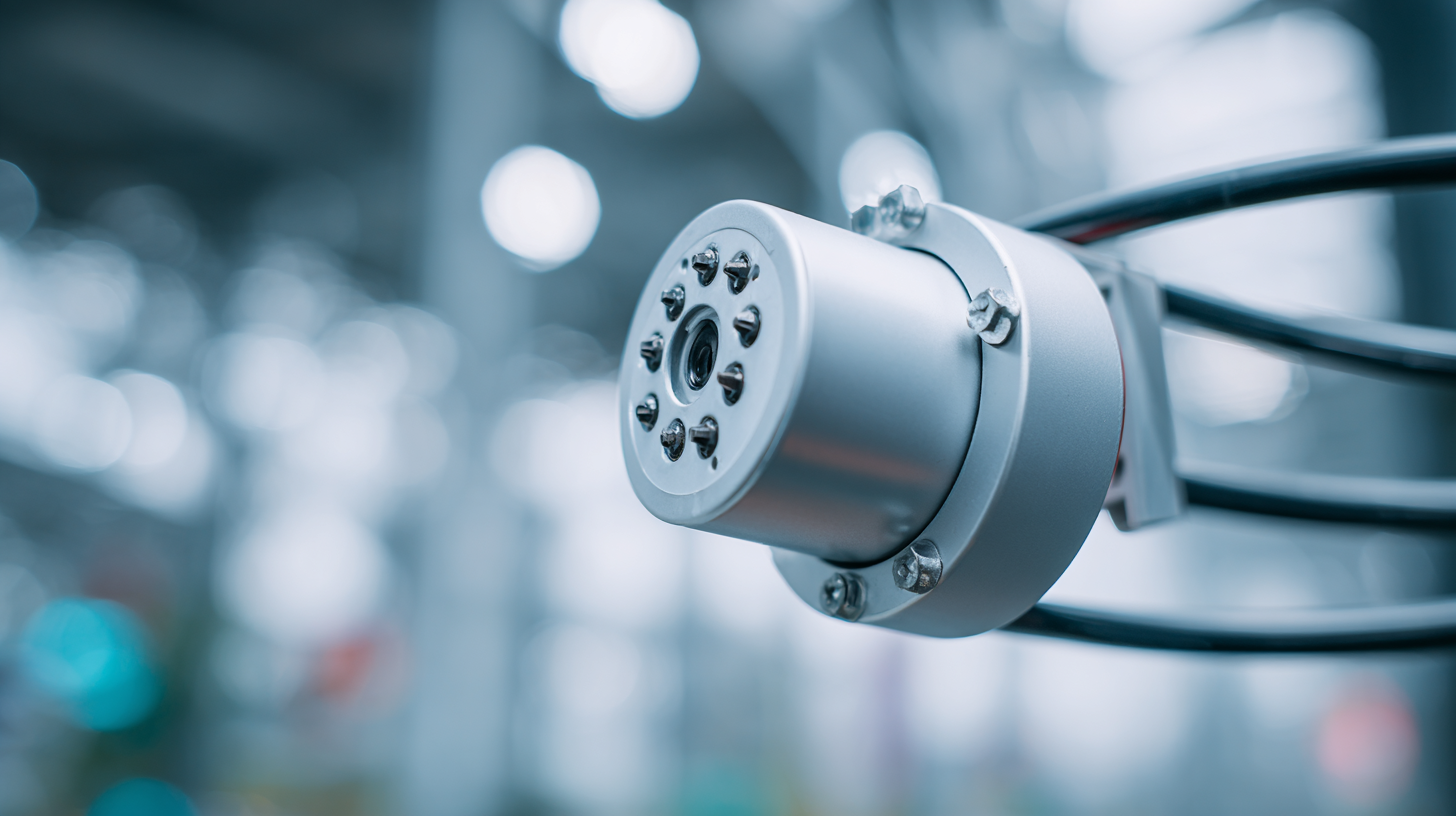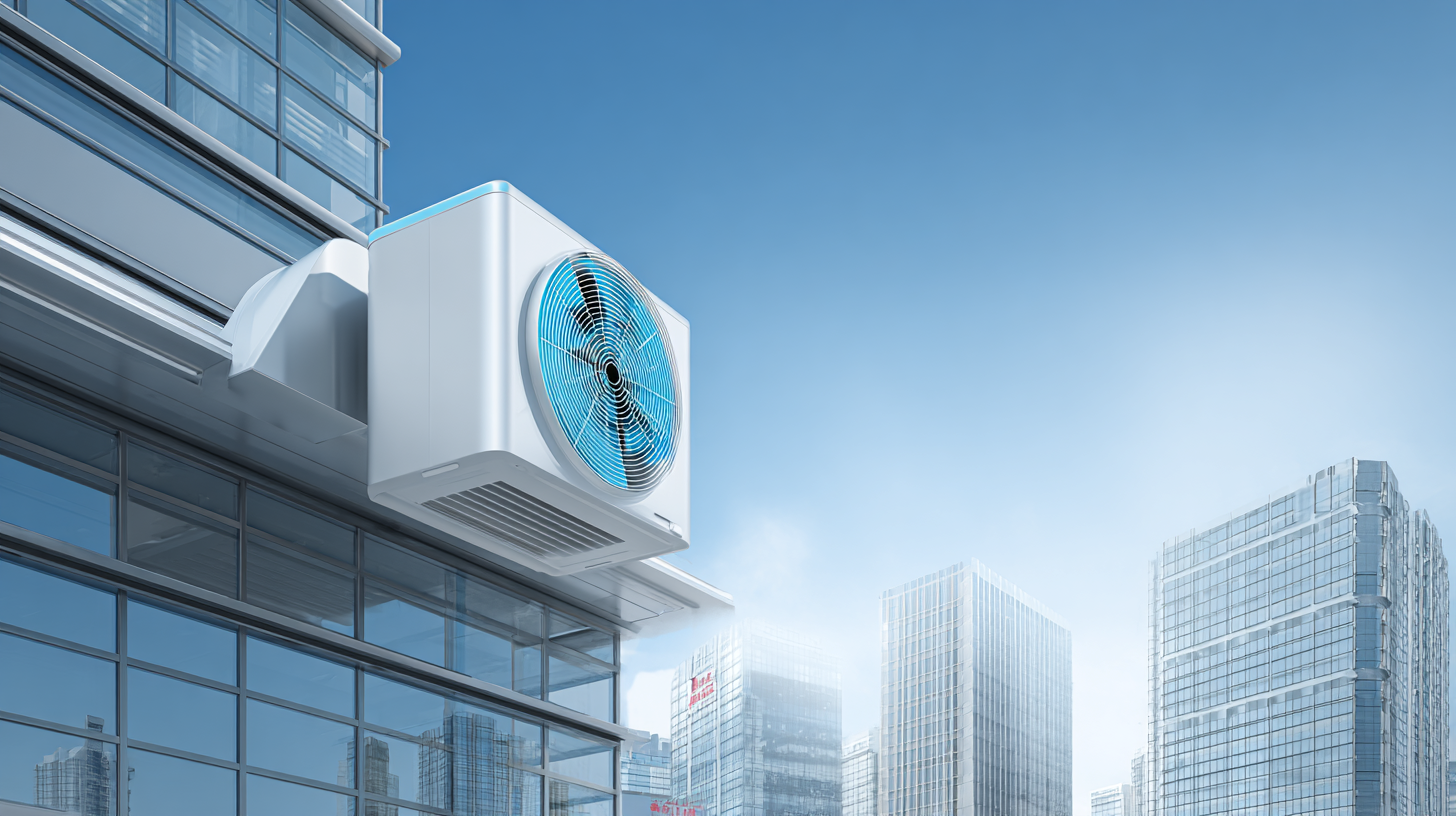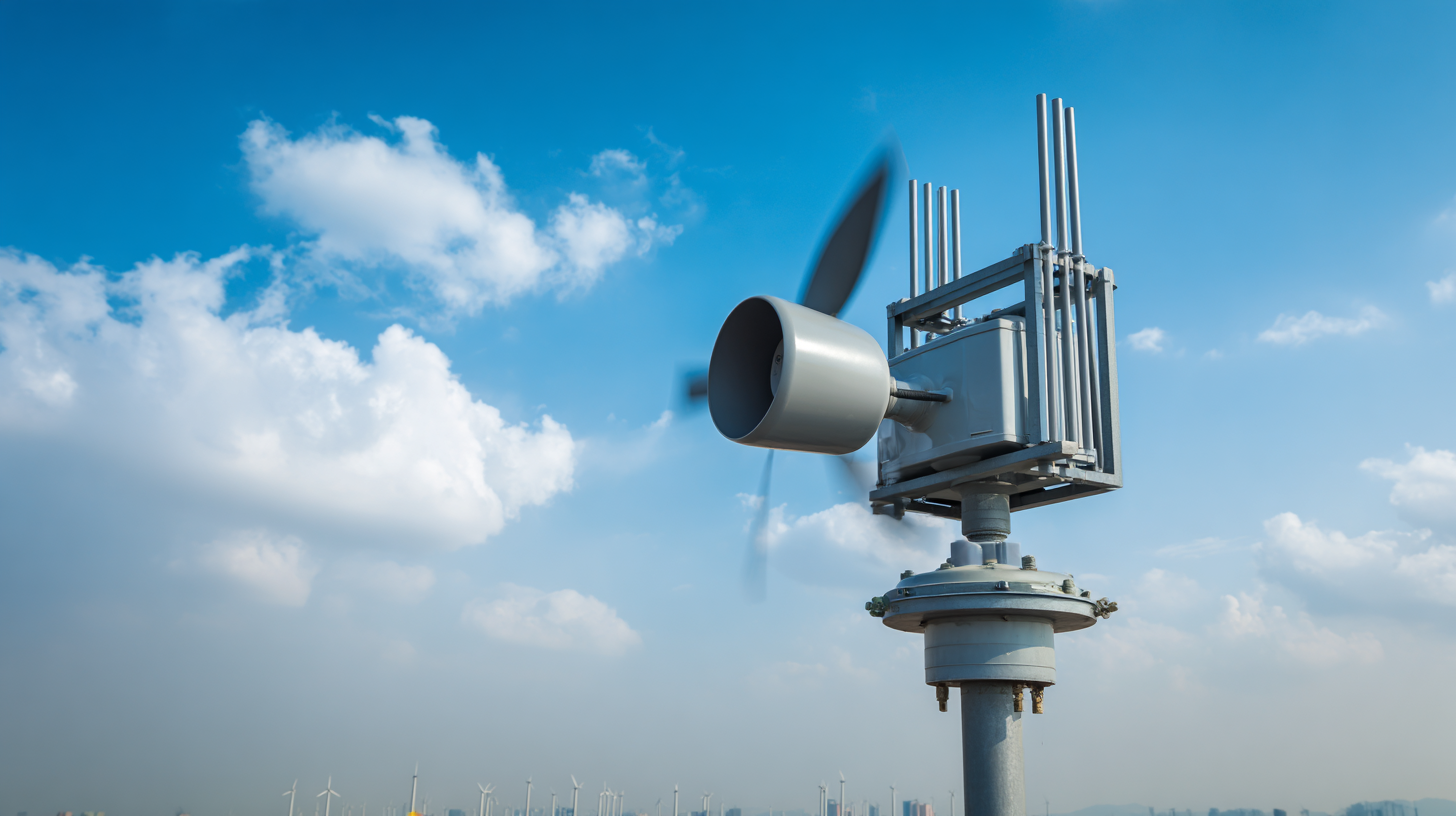
-
Home
-
Product Center
-
Application
-
Support
-
JT Cloud
-
About Us
-
Contact Us
Leave Your Message

In today's rapidly evolving technological landscape, maximizing your investment in essential tools is more important than ever, particularly when it comes to precision instruments such as the Air Velocity Sensor. This device plays a critical role in various applications, from HVAC systems to industrial processes, ensuring optimal performance and efficiency.

However, to truly capitalize on the potential of an Air Velocity Sensor, after-sales service is key. Proper support and maintenance can significantly extend the lifespan and functionality of your sensor, making it crucial to adopt strategic approaches tailored to your specific needs.
In this blog, we will explore seven essential after-sales service tips designed to enhance your investment, ensuring you get the most out of your Air Velocity Sensor while understanding the unique characteristics and application ranges of different types of products in this sector.
Regular maintenance of air velocity sensors is critical for ensuring their longevity and reliable performance. Over time, these sensors can accumulate dust and debris that hinder their functionality, leading to inaccurate readings and costly downtimes. By incorporating a routine cleaning schedule, you can keep your sensors operating at peak efficiency. Always use soft, non-abrasive materials to avoid damaging the sensor elements during cleaning.
Another essential maintenance tip is to routinely check the calibration of your air velocity sensors. Regular calibration ensures that the sensors provide accurate and consistent measurements, which is vital for processes that rely heavily on precise airflow data. Invest in professional calibration services to ensure your sensors meet industry standards, or train your staff on proper calibration techniques.
Additionally, consider implementing a monitoring system that tracks the performance of your air velocity sensors over time. This can help you identify potential issues before they become serious problems. Understanding the typical performance metrics allows for better decision-making about servicing, replacement, or upgrades to more advanced models, ultimately maximizing your investment in this critical technology.

When evaluating the efficiency of your air velocity sensor after sales, several key performance metrics should be considered to maximize your investment. One essential metric is the sensor's accuracy, which typically ranges between ±1% to ±3% for high-quality devices, according to industry standards. This precision is crucial, especially in applications such as HVAC systems and environmental monitoring, where minute discrepancies can lead to significant operational inefficiencies.
Another important factor is response time, which indicates how quickly the sensor can provide real-time data after changes in air velocity occur. A sensor with a response time of less than 1 second can drastically enhance operational responsiveness, enabling quicker adjustments and improved energy efficiency. Reports have shown that businesses utilizing high-performance sensors can achieve energy savings of up to 30%, illustrating the financial benefits of investing in superior technology. Additionally, consider the long-term reliability and maintenance requirements of your sensor. Reliable products reduce downtime and associated costs, making durability a vital metric in your evaluation process. By focusing on these performance indicators, you can ensure that your air velocity sensor continues to deliver exceptional results long after the initial purchase.
When it comes to maintaining optimal functionality of air velocity sensors, addressing common issues proactively can significantly enhance their performance and longevity. According to a report by MarketsandMarkets, the global air velocity and flow sensor market is projected to reach $12 billion by 2025, emphasizing the importance of efficiency in sensor usage. Regular calibration is one of the critical preventative measures. Inaccurate readings can arise from dust accumulation or environmental changes; thus, implementing a routine calibration schedule ensures your sensors provide reliable data.
Another frequent issue is related to the sensor's placement. A study by the Institute of Electrical and Electronics Engineers (IEEE) highlights that improper placement can lead to a variance of up to 30% in flow rate measurements. Ensuring that sensors are positioned away from obstructions and in the proper airflow direction can minimize this risk. Furthermore, utilizing software analytics to monitor sensor performance can aid in identifying trends or anomalies early on, leading to more effective and proactive maintenance strategies. These steps not only enhance the sensors' accuracy but also ultimately contribute to a more efficient operational environment.

In the competitive landscape of air velocity sensors, building a reliable after-sales service network is crucial for maximizing customer satisfaction and brand loyalty. According to a recent industry report by MarketsandMarkets, companies that invest in robust customer support strategies can see a 20% increase in repeat purchases. This trend highlights the significance of nurturing relationships beyond the initial sale.
Tip 1: Develop a comprehensive training program for your support team. Ensuring that your staff is well-versed in product specifications and common troubleshooting procedures empowers them to assist customers effectively, reducing downtime and enhancing trust.
Tip 2: Leverage digital tools for customer feedback. Industries that utilize customer engagement platforms experience a 15% improvement in service delivery. Collecting insights through surveys or direct communication can help refine your support approach and identify areas for improvement.
Creating a successful after-sales service network requires continuous investment and proactive strategies. By focusing on training and customer feedback mechanisms, companies can strengthen their after-sales support and boost customer retention in the air velocity sensor market.
This chart represents the satisfaction ratings of customers based on various after sales service tips related to air velocity sensors. The data reflects customer feedback on essential service areas including response time, quality of support, and resolution effectiveness.
After sales services play a crucial role in enhancing the performance and longevity of air velocity sensors, directly impacting your return on investment (ROI). By ensuring regular maintenance and prompt support, businesses can maximize sensor efficiency, reducing unexpected downtimes that could affect overall productivity. A well-maintained sensor not only performs better but can also extend its operational lifespan, minimizing replacement costs over time.
One essential tip for optimizing after sales services is to establish a regular calibration schedule. This practice ensures sensors operate within their specified parameters, improving accuracy and reliability. Additionally, providing users with comprehensive training on sensor usage and maintenance can significantly boost performance, as knowledgeable users will be better equipped to identify potential issues early on.
Moreover, an effective communication channel with the service provider can enhance responsiveness and trust. Quick troubleshooting and repair services prevent long delays in operations. Overall, investing in proactive after sales strategies for your air velocity sensors ensures a sustained performance and maximizes ROI by aligning sensor reliability with your business objectives.
| Tip No. | After Sales Service Tip | Impact on Performance | Impact on Lifespan | ROI Improvement (%) |
|---|---|---|---|---|
| 1 | Regular Calibration | Ensures accurate readings | Increases sensor longevity | 15% |
| 2 | Routine Cleaning | Prevents performance degradation | Extends lifespan | 10% |
| 3 | Software Updates | Enhances functionality | Maintains performance | 20% |
| 4 | Customer Training | Improves usage accuracy | Maximizes lifespan | 5% |
| 5 | Technical Support | Resolves issues promptly | Prevents sensor failures | 12% |
| 6 | Warranties and Guarantees | Increases customer confidence | Promotes longevity | 8% |
| 7 | Feedback Mechanisms | Enhances product improvement | Facilitates timely updates | 18% |